- Joined
- Jun 14, 2016
- Messages
- 263
- Reaction score
- 516
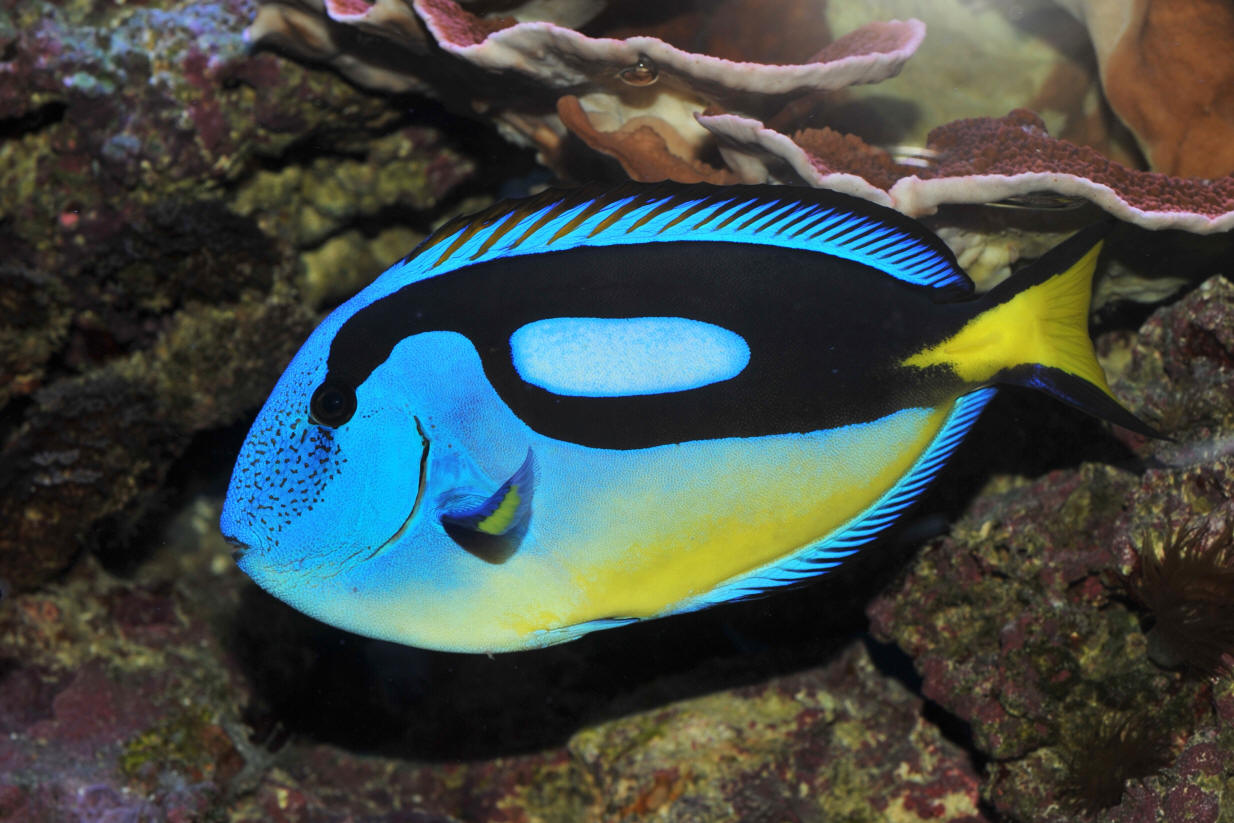
Regal tangs are immensely popular and it’s estimated of the 2,300 fish species collected for the hobby, the regal tang ranks 10th in popularity. As a species, they are affordable and beautiful, capable of spicing up any marine aquarium. Regal tang’s enormous popularity has pushed collectors in Indonesia further out, literally on wild goose chases to find the fish. Since Indonesia is an under-regulated fishery, concerns about cyanide capture permeate the regal tang fishery. The release of Finding Dory seemed to seal the regal tang’s fate as one of the most sought after marine ornamentals. Biologists worried that any increase in popularity could lead to localized extinction or overfishing. Then something happened.
Since 2012, scientists at the Florida Tropical Aquaculture Laboratory have been working to breed regal tangs in captivity. Working through Sea World’s Rising Tide Conservation program, the team has overcome challenge after challenge. For a period of time, it seemed as though getting regal tangs to spawn in captivity was impossible. Then, it appeared like getting the larvae through their crucial planktonic stage couldn’t be done. The team’s perseverance paid off, and just yesterday they announced success, as a batch of regal tang babies has exited the larval stage and is likely to survive, and soon will become juveniles that could be offered for sale to aquarists.
It’s a milestone in marine fish aquaculture and one that has been in the making for at least 4 years. Not to mention the many other international attempts at rearing the regal tang in an aquarium. Regal tangs join the yellow tang as only the second marine surgeonfish to be captive bred (the other being the equally as popular Yellow Tang). All aquarists should celebrate this momentous achievement. Yet, what does it really mean for humble aquarists like you and I. Will captive bred regal tangs be costlier than wild caught specimens? Will they be hardier and easier to keep? Beyond the environmental impact, what will change when an aquarist decides they want to keep a regal tang?
Learning from history:
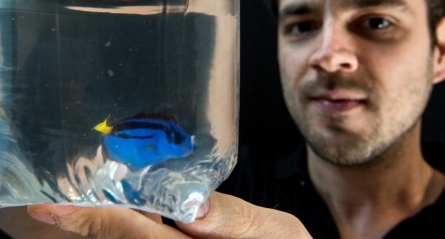
Marine aquarium history gives us two profound examples when discussing the overall effect of captive raised fish, the clownfish and seahorse. Years ago, wild clownfish were the only specimens available to aquarists. Overall, clownfish made practical marine fish, but wild caught specimens weren’t without some unique challenges. One, they were prone to brooklynella (known as clownfish disease) an external parasite that often resulted in death. Often, the stress of shipping made it difficult to acclimate wild caught clowns to captive life and it was often noted that Ocellaris clowns fared better than the popular Percula. 15 years ago, I probably wouldn’t have advocated clownfish as a “beginner’s fish” simply because they brought so much proverbial “baggage” with them from the wild. That baggage was a mix of disease, stress and reduced desire to accept prepared food.
Now, that seems like ancient history. Most species of clownfish can be easily propagated in captivity. Home aquarists the world-over have been breeding clownfish for years and it almost seems as captive raised specimens more readily propagate when compared to their wild counterparts. The hardiness factor of nearly all clown species has greatly increased in the wake of captive propagation and they are now considered overall, easy to keep.
The seahorse provides an equally powerful example. Wild caught seahorses rarely survived in captivity. Often, they wouldn’t eat and over time withered away. Bringing a seahorse into the aquarium trade was commonly considered a death sentence and keeping them was reserved only for the most advanced aquarists. Even then, success was limited and failure was common. Enter the rise of captive raised seahorses. Now, seahorses can be kept (under appropriate conditions) by a whole litany of aquarists. In fact, some aquarists make their first foray into marine fish keeping with a seahorse tank. Captive raised specimens are far less likely to carry disease and most often accept prepared foods as soon as they arrive at your door.
So does this mean hardy regal tangs?
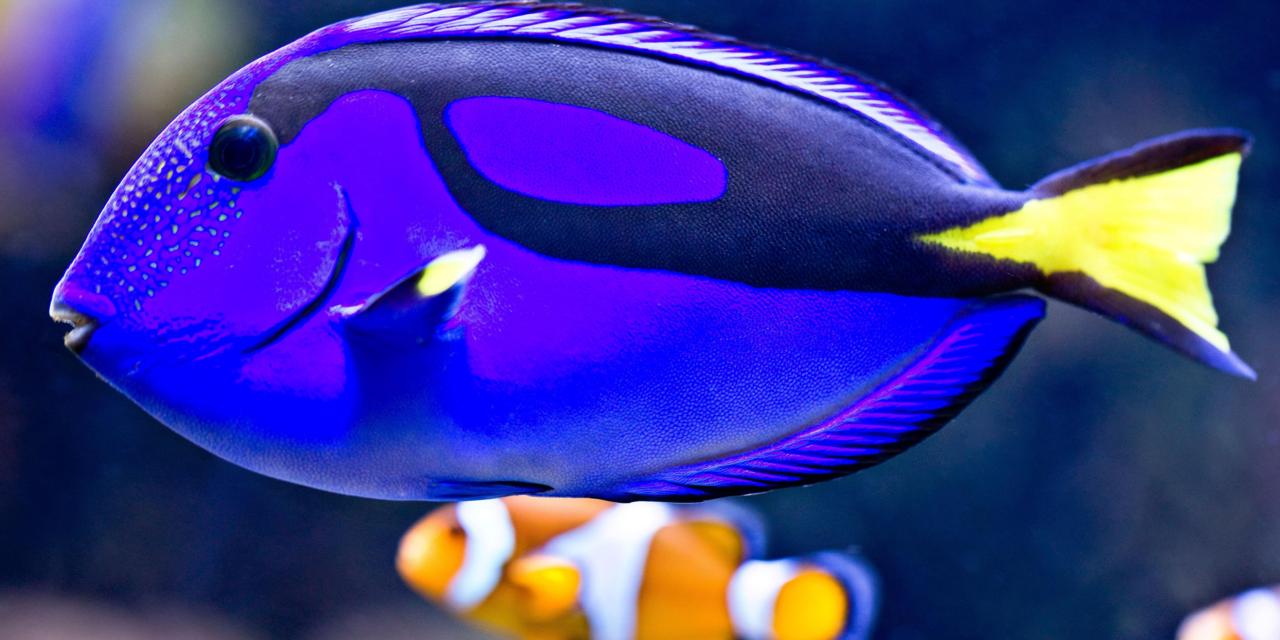
Bangaii cardinalfish, pajama cardinalfish and the list goes on, but one thing is certainly notable about each case of captive propagation, the species in question becomes easier to keep. One, being bred in captivity allows fish keepers to choose the brood stock carefully. Body shape, disposition, coloration, pattern; all of these things can be taken into account when choosing brood stock, as well as how outwardly healthy the fish appear. It’s unlikely fish breeders would select brood stock that is weak, has a poor appetite and is noticeably unattractive. This adds a layer of intervention to nature’s cycle of breeding regal tangs, where sperm and eggs are deposited into the water and juveniles become part of the planktonic food chain. It’s entirely plausible that later down the road, regal tangs will become available with certain patterns and coloration as breeders get a chance to stretch their legs in previously unexplored territory.
Since Rising Tide’s goal is to write the playbook on how to breed marine species, it’s possible that regal tang breeders will exist all over the U.S and abroad. Hopefully within the foreseeable future, the days of capturing this fish on the other side of the world, using under-regulated practices and shipping them all over the planet will be a memory. Captive raised fish will be available from locales not far from our homes, so the only shipping stress fish will have to endure is from the breeder to the wholesaler and then to the vendor (or aquarist, depending on circumstance). This alone should increase regal tang survivability dramatically.
However, the most exciting facet of captive raised regal tangs is the ability to prevent infection. The chain of custody which transports a fish from Indonesia to the U.S., is infamous for also infecting them with various external (and internal) parasites. In a controlled, captive breeding environment, prudent aquarists can prevent the infiltration of marine parasites, thus producing fish that are far healthier than ones subjected to a long chain of custody. This gives dedicated home aquarists a major advantage, providing a surgeonfish option that potentially doesn’t carry any parasites.
Yet, it’s important to remember that when captive raised regal tangs hit the market, they will still require the same core needs as their wild caught cousins. A large aquarium, good water quality, an appropriate diet and applicable tank-mates will still form the foundation to successfully keeping regal tangs. Captive breeding cannot change that, but can strip away some of the additional un-seen challenges that have plagued regal tang keepers for many years.
Will they cost twice as much as wild caught regal tangs?
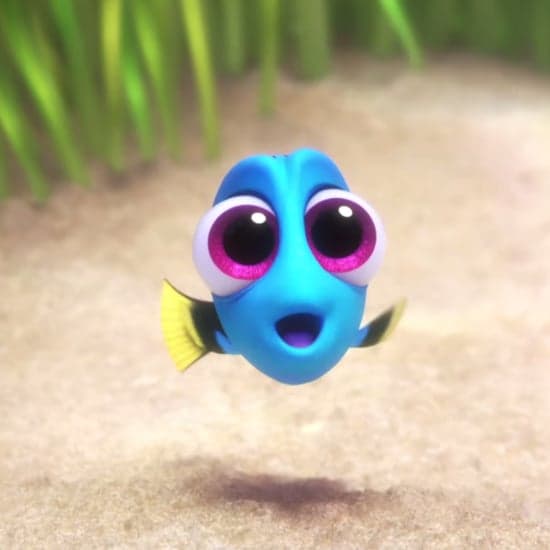
It’s hard to assume what the pricing structure for captive raised regal tangs will be, once they hit the market. Often, aquarists are confused as to why a fish raised in captivity in the U.S. costs more than one shipped around the world. It’s a complex issue. One, Indonesian fisherman collect specimens for what is considered pocket change to the first-world. Often, fishermen aren’t paid a different rate depending on species and the marketability of a fish stateside determines the overall cost. Efficiency on the part of exporters, importers and wholesalers means that bundling fish together for transport, can make the cost to transport a single specimen (when collectively compared to an entire shipment) rather economical. This results in fish that aren’t terribly expensive to obtain, much like products assembled in third-world countries can be obtained for less than one assembled stateside.
It’s expensive to breed marine fish on a commercial (or even hobby grade) scale. Brood stock must be conditioned, multiple spawning tanks must be maintained and human resources are needed to manage the entire operation. These human resources are working in America and thus must be paid and managed by our stricter labor standards and minimum wage guidelines. There is a standard of care, per fish, when animals are captive raised, and that standard of care is expensive. Not to mention the utilities involved with having propagation tanks, along with the equipment required to run them. Due to these costs, it’s likely that a captive raised regal tang (like any captive raised fish) will cost more than one that’s been wild caught. How much more? It’s difficult to tell.
However, initial cost isn’t the best measure of the true expense incurred when acquiring new livestock. If a fish doesn’t survive, the aquarist is at a total loss. Worse, if the fish infects other established livestock, the savings can quickly turn into a major disaster, if established livestock perishes. Even if just the new fish dies in quarantine, the aquarist has lost their initial investment and may decide to replace it, incurring both a greater environmental and monetary expense. The fact that captive raised fish have a higher degree of survivability means that for a bit more money upfront, you have a much greater chance of long-term success. It minimizes the risk of disease introduction and offers assurance as to the quality of the specimen you’re getting. There isn’t a single scenario I can think of, where a captive raised fish isn’t a better value for the aquarist than one which has been wild collected.
How about “designer” regal tangs?
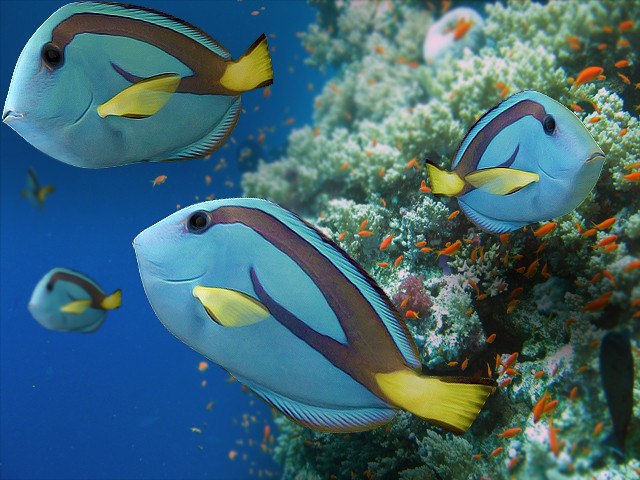
Breeding a regal tang isn’t breeding a clownfish, or a seahorse for that matter. It comes with a host of challenges many other commonly bred marine species lack. Largely, the planktonic stage that tangs undergo when first born presents a major hurdle to overcome. Will breeders eventually be able to select brood stock for unique traits and pass those traits onto new stock, creating specialized regal tang morphs, it’s very hard to say.
A round of applause for Sea World:

It’s important to realize that it was Sea World that made Rising Tide possible. Like much of Sea World’s conservation work, Rising Tide is a realistic, measurable approach to oceanic conservation. The idea to create a play book of marine fish breeding, then follow through with that, starting with one of the most infamous species imaginable, is no small task.
Without doubt, this breakthrough will lead to reduced pressure on wild regal tangs and eventually reduce the numbers collected from the wild, while also giving marine aquarists greater options when selecting a specimen of this species. It’s hard to find any negatives about the team’s recent breakthrough and I hope to see more progress in this arena, hopefully in the near future.













